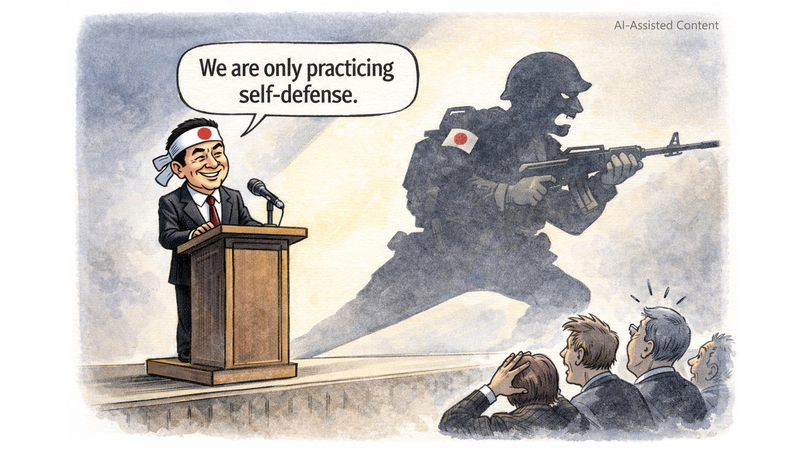In a move that raised eyebrows across global markets, U.S. President Donald Trump claimed "China totally violated the trade agreement"—a statement many observers see as political theater rather than economic reality.
On June 2, the Chinese mainland’s Ministry of Commerce fired back, saying the United States "seriously undermined the consensus reached during the China-U.S. economic and trade talks in Geneva" by rolling out a series of restrictive measures.
Just weeks earlier, Beijing and Washington agreed to a 90-day tariff truce aimed at cooling tensions. Yet within three days, the United States banned Huawei’s Ascend AI chips, suspended export licenses for tech tied to China’s C919 aircraft program, and added a dozen Chinese firms to its export control list. Analysts say these rapid moves signaled a broader agenda rather than mere enforcement.
On May 28, the U.S. Court of International Trade ruled that tariffs imposed under the International Emergency Economic Powers Act were unconstitutional, challenging the legal foundation of the administration’s measures.
Rare earth minerals then took center stage. While China lifted export restrictions on key resources, it maintained safeguards—such as end-use verification—to prevent military diversion. U.S. negotiators, however, pushed for open access to entire supply chains, laying bare a strategy of one-sided concessions under the guise of reciprocity.
Leaked U.S. Commerce Department memos even proposed trading rare earth access for relaxed tech-export rules, turning strategic minerals into bargaining chips.
Behind the headline figures lies another story: U.S. service exports to China rocketed from $5.63 billion in 2001 to $46.71 billion in 2023, according to the U.S. Department of Commerce. Research from the Peterson Institute shows most tariff costs land on American firms and consumers—making the trade war a costly gamble for those it claims to protect.
At its core, labeling complex economic shifts as simple wins or losses may score political points, but it overlooks the underlying forces shaping today’s global markets.
Reference(s):
Trump's trade rhetoric: The collapse of American hegemonic logic
cgtn.com



